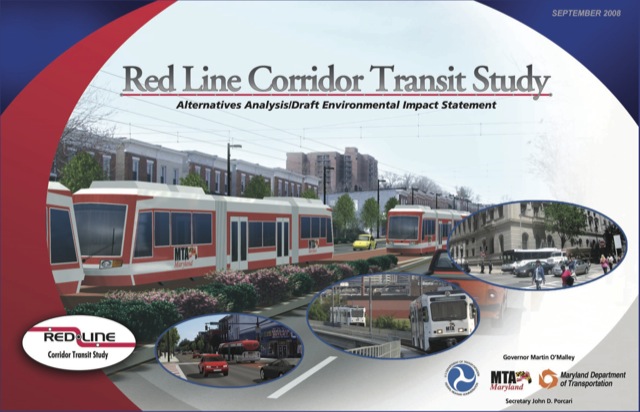Last Friday, Denver’s Regional Transit District (RTD) opened the West line, its latest low-capacity rail (formerly known as light-rail) line. Officials gave opening speeches claiming that they built the West line “within the adopted budget” and, at the end of the day, sent a memo to RTD’s board bragging that the new line carried 35,000 passengers on the opening day, well above the projected 20,000 per weekday.
Of course, the reason they carried so many people is that the line was free on the first two days. But RTD officials can hardly open their mouths without some lie coming out.
Start with the claim that they built it under budget. As the Antiplanner pointed out in an op ed in yesterday’s Denver Post, when RTD decided to build the rail line in 1997, it projected a cost of $250 million ($350 million in today’s money). As of 2009, the “adopted budget” was for $710 million, more than twice projected. The actual cost ended up being $707 million, allowing RTD to say it was under the budgeted $710 million but still more than twice the projected cost.








